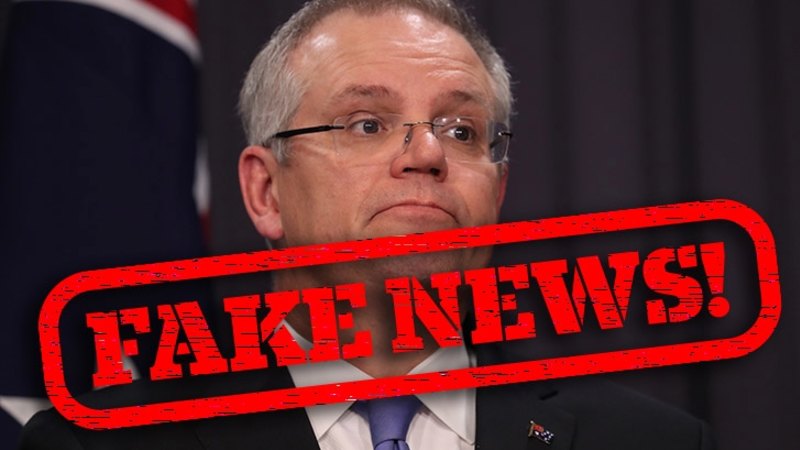The Morrison government bills its proposed digital platform reforms, announced on Thursday, as "world-leading". That may be true, in the same way that China's "Great Firewall" — a tool of authoritarian suppression — was "world-leading" when it began in the 1990s.

The proposed laws come as a response to the Australian Competition and Consumer Commission's digital platforms inquiry, which in itself was largely a response to complaints by conventional media outlets about the impact of social media on their business models.
Not that they don't have a point. There is an uneven playing field, with broadcasters and publishers subject to a suite of regulations that digital platforms are not, ranging from advertising standards to defamation law. But the way to achieve "platform neutrality" — as the government calls it — is to scrap said regulations, not apply them to new players in ways that are almost certainly unworkable.
But what should worry us most is the proposed remedy for "fake news" — fabricated stories on dubious websites purporting to be legitimate reporting. Citing the "increased prevalence of fake news and disinformation", the government plans to have the digital platforms develop a "voluntary" code of conduct on "news quality", overseen by the Australian Communications and Media Authority.
For one thing, as problems go, fake news is extremely exaggerated, largely by sections of the commentariat seeking to explain away electoral phenomena such as Brexit or Donald Trump. The conventional narrative is that huge sections of the population are being duped by nefarious conspiracy theorists flooding the internet with bogus reports.
But the evidence doesn't stack up. Analysis of Twitter user patterns published in Science magazine this year, for example, found that more than 80 per cent of fake news sources were consumed by just 1 per cent of users and shared by just 0.1 per cent, largely on the extreme right. In other words, most fake news is read and shared by a tiny proportion of social media users.
Even if fake news were a problem, the cure here would be much more cancerous to our democracy than the disease. Sure, the code would be "voluntary" on paper, but that's not saying much. We live in a world where regulators try to enforce a "culture of compliance" rather than just the laws themselves.
Companies that fail to comply with the code will just be named, shamed and beaten into submission. And that is the pernicious rub. One way or another, we will arrive at a situation in which unelected bureaucrats will decide what is real and what is fake, what is fit for public consumption and what is off-limits.
And how wide will ACMA cast the net? Will it stick to obvious hoaxes containing plainly false reports? Or will "fake news" include ill-informed opinion pieces? Simplistic analysis? Empty gossip?
We should be deeply suspicious of this, for the same reason we should be suspicious of every attempt by government to regulate the public debate. The free and open exchange of ideas, reflected via the ballot box, is what confers democratic legitimacy on government. It is not the place of government to confer legitimacy on the public debate.
John Howard has often said that in the end, the Australian people always get it right. Scott Morrison seems to be saying that the Australian people will get it right if the government ensures they receive the right information. It is a mindset as chilling as it is insulting.
No comments:
Post a Comment